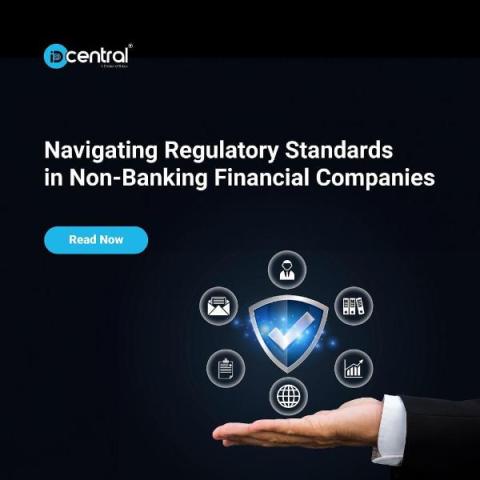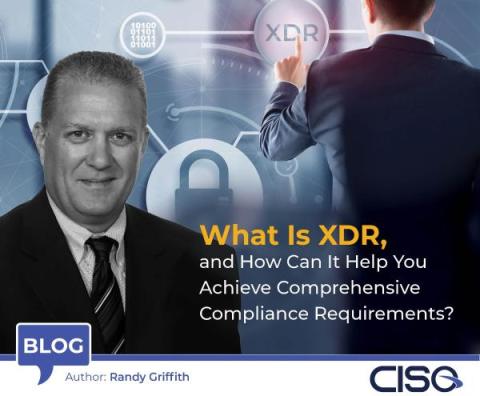The CISO's Guide to a Modern GRC Program with Trust Assurance
The position of CISO is not an enviable one. Modern CISOs face enormous challenges like managing the complexity of on-prem and cloud environments, being responsible for the actions of thousands of employees without having authority over them, being perceived as a drag on growth and other resources, and trying to keep up in a compliance and technology landscape that just keeps changing. Oh and budget? Limited and scrutinized.










